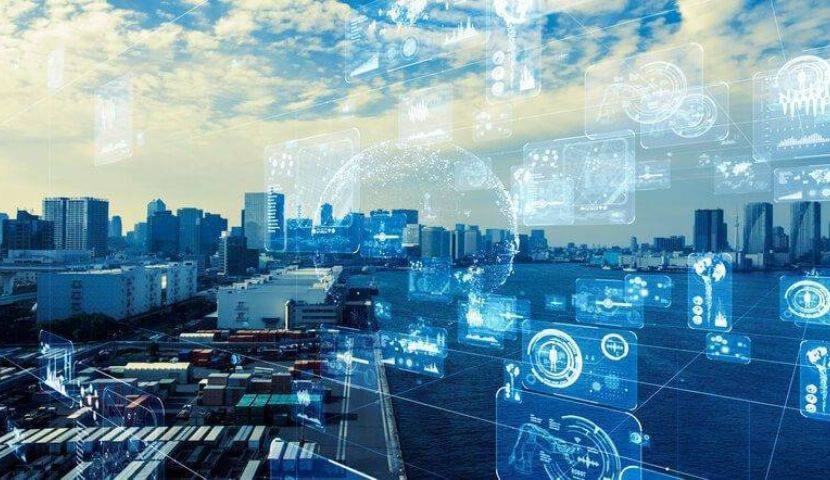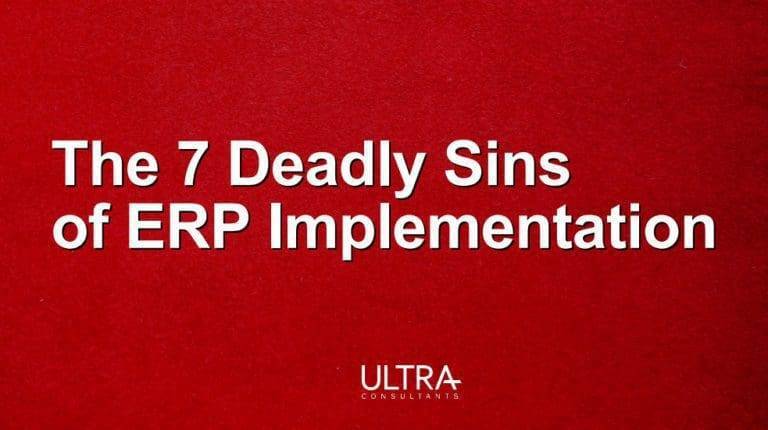Managing Supply Chain Disruption in Uncertain Times
According to research from Deloitte, 79% of organizations with superior supply chain capabilities are able to grow their revenue well above average. But what happens when you have to manage a far-flung supply chain remotely?
If you have a mature supply chain, it’s much easier to manage supply chain disruption. Depending on the size and complexity of your supply chain, you can use best practices, metrics, and measurements to achieve a degree of maturity.

If a crisis like a pandemic, war, or extreme weather disrupts part of your supply chain, it can bring the entire operation to a halt. According to the BCI Supply Chain Resilience Report, significant financial losses (62%) are the top result.
Supply chains are supposed to operate repetitively, with every element aligned toward one goal: delivering the products to the end customer. If you’re not effectively managing and mitigating the risk in your supply chain even before a crisis, when one happens, you’re going to struggle to manage it remotely.
Assessing Your Supply Chain Maturity
The first thing to do is to assess your supply chain maturity. There are five levels that your organization may fall under. The first level is where you’re able to get basic material replenishments, but you’re not integrating with transportation, logistics, or the overall planning process. At the top level, your supply chain is lean and focused on service optimization. Everything is neatly integrated.
Unfortunately, most organizations fall somewhere in the middle. Many of them struggle if the supply chain team has to work remotely because they’re not adequately prepared or capable of doing so.
Managing Your Supply Chain Remotely
The more mature your supply chain is, the easier it will be to manage it remotely. You’ll need to hone your focus to drive productivity and keep your eye on moving forward. We’re seeing a lot of changes in the marketplace, and you’ll have to decide to pause ongoing projects or move forward with them.
Now is the time to maintain ongoing transformation projects.
It may seem like everything is quiet to an outsider, but inside your organization, a lot is happening as you work to keep your supply chain operating. Let Ultra Consultants help. Download our Supply Chain whitepaper, and listen to the replay of our Virtual Boot Camp webinar, Key Elements for Managing Your Supply Chain Remotely.
Types of supply chain management software and SCM software vendors
Supply chain management software touches many departments within a company, as it provides end-to-end visibility and access to information regarding your SCM software vendors and customers.
The 7 Deadly Sins of ERP Implementation

Conclusion: Data Analytics for Streamlining Food Manufacturing Operations
The integration of data analytics and IoT sensors offers substantial benefits that drive operational efficiency in food manufacturing processes. By enabling predictive maintenance, real-time monitoring, process optimization, and dynamic scheduling, manufacturers can make informed decisions that reduce downtime, improve product quality, and streamline workflows. As technology continues to evolve, data-driven approaches will play a larger role in transforming manufacturing operations, ensuring greater productivity and responsiveness.
For food manufacturers looking to implement data-driven strategies and enhance their operations, turn to the experts at Ultra Consultants. We offer expert business and technology consulting services tailored to the unique needs of the food industry. Our experienced team can help you streamline processes, integrate advanced technologies, and ensure a smooth transition to a more efficient, data-driven future. Get started today by requesting your free, no-obligation discovery call.
Table of Contents
More ERP material...
AI in Food and Beverage Manufacturing
Discover how AI is revolutionizing food and beverage manufacturing, enhancing quality, reducing…
How ERP for Quality Control Eliminates Manual Documentation Chaos
This post will examine why managing quality records outside of an ERP…
Assessing Your AI Maturity
This article breaks down how businesses can measure their AI maturity to…



